How Coca-Cola Has Changed Over the Last Hundred Years
The history of Coca-Cola is filled with packaging experiments, new flavors, and bold ideas that shaped how people drink soda today. That’s exactly how the local pharmacy product turned into a global brand. Here are various moments that show how Coca‑Cola evolved through design, taste, and innovation over the years.
The First Soda Fountain Days
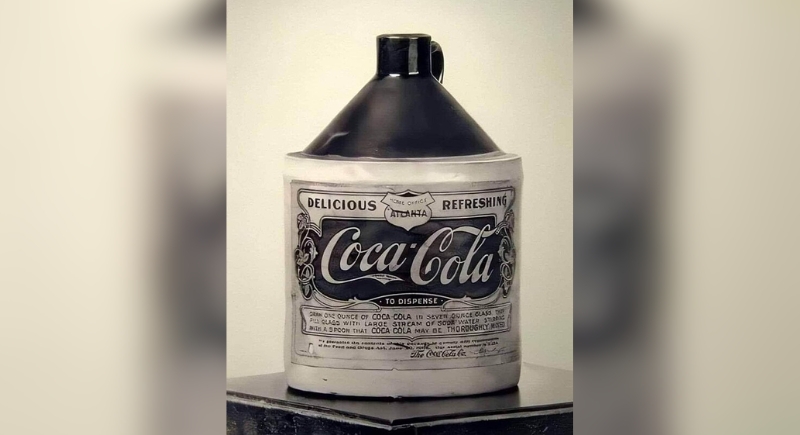
Credit: Wikimedia Commons
When John Pemberton created Coca‑Cola in 1886, he offered it exclusively at Jacobs’ Pharmacy in downtown Atlanta. The drink was mixed on the spot with carbonated water and served in a glass for five cents. Since bottles didn’t exist at the time, individuals stood at the counter to drink it.
Early Glass Bottles Arrive

Credit: Wikimedia Commons
Several years later, Coca-Cola’s reach expanded dramatically after three businessmen bought bottling rights for just one dollar. They introduced glass bottles with metal stoppers, which allowed the drink to be transported easily. This change meant rural areas without soda fountains could finally access the product.
Removing Cocaine from the Mix
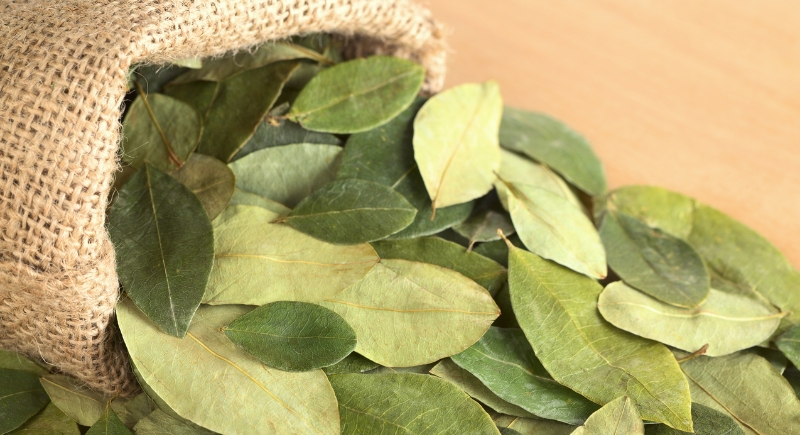
Credit: Canva
Originally, the beverage contained coca leaf extract that carried small traces of cocaine, a common ingredient in tonics of that era. However, growing public concern and new regulations pushed Coca‑Cola to remove the substance completely. The company adjusted the recipe carefully, so the flavor stayed consistent.
Experimenting with Early Labels

Credit: X
By the time 1906 rolled around, many imitation colas tried to confuse customers. Coca-Cola responded with a diamond-shaped label featuring bold lettering. Stores quickly noticed that buyers reached for the labeled bottles more often. The move set a precedent for using packaging as a marketing tool.
The 1915 Contour Design
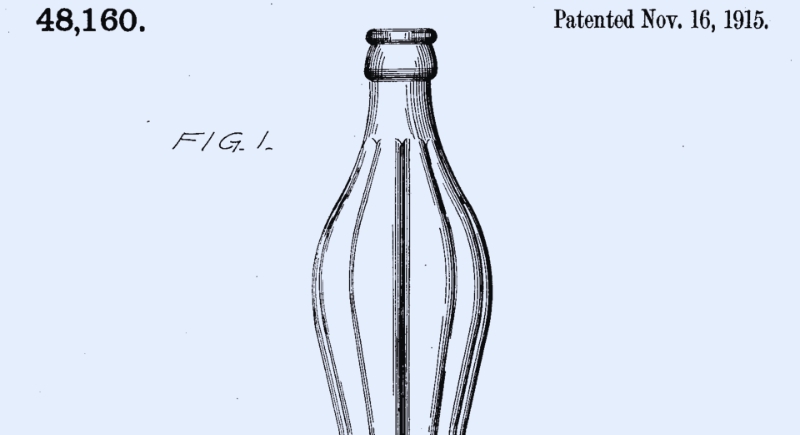
Credit: Wikimedia Commons
Nine years later, the redesigned Coca‑Cola bottle gave the drink a look people could identify instantly. Customers noticed they could feel the bottle’s curves and know it was genuine, even in the dark. This happened after competitors began selling colas in similar straight‑sided bottles.
Six-Pack Innovation
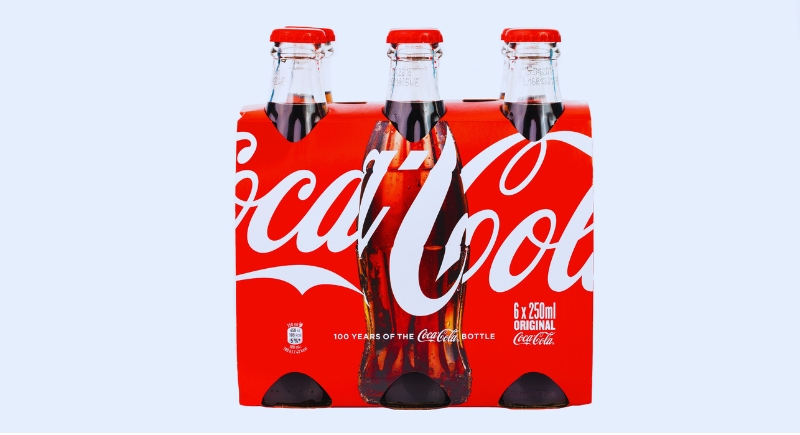
Credit: iStockphoto
Carrying several bottles home was not easy, so the beverage company developed a cardboard carrier that securely held six bottles. As a result, families stocked their refrigerators and enjoyed the drink whenever they wanted.
Santa Claus in a Red Suit
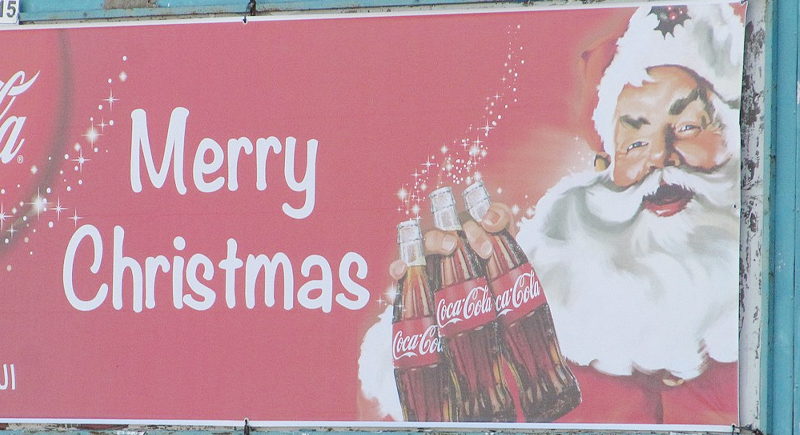
Credit: Wikimedia Commons
It seemed like an unlikely pairing at first: a soft drink and the figure of Santa Claus. Yet in 1931, Coca‑Cola made that connection by hiring artist Haddon Sundblom to illustrate a jolly, red‑suited Santa enjoying a bottle of Coke. Sundblom’s artwork appeared in magazines and store displays every winter and shaped a single recognizable image.
Global Expansion

Credit: Wikimedia Commons
To reach markets far beyond its home country, Coca‑Cola spread to over 100 nations by the mid-20th century. Bottling plants were established across Europe, Asia, and Latin America, and reduced the need for long‑distance shipping. The drink appeared at major international events and roadside signs worldwide.
The First Aluminum Cans
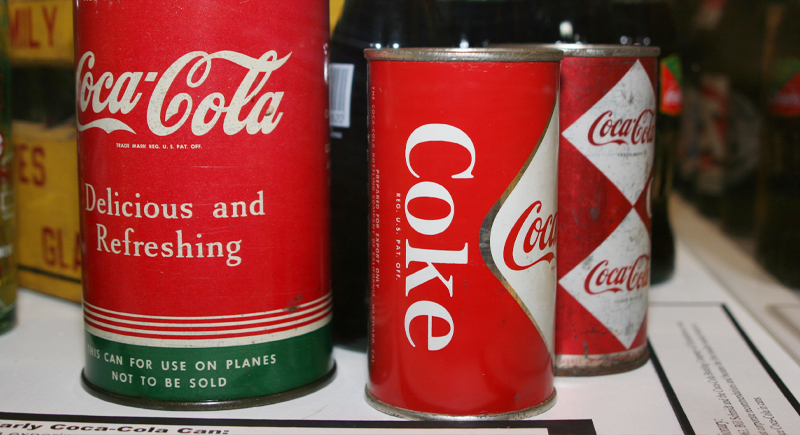
Credit: Wikimedia Commons
Portability and convenience drove the beverage corporation to produce aluminum cans in 1960. Glass bottles often broke, took up greater space, and were not ideal for travel. Lightweight cans solved these issues and stacked neatly on store shelves.
Diet Coke Debuts

Credit: pexels
Health‑conscious consumers welcomed a new option when Diet Coke arrived. Many wanted a soda with fewer calories but still expected a satisfying taste. Instead of modifying the original drink, Coca-Cola built an entirely separate formula to meet that demand. Within two years, it climbed to second place in U.S. soda sales.
The New Coke Episode
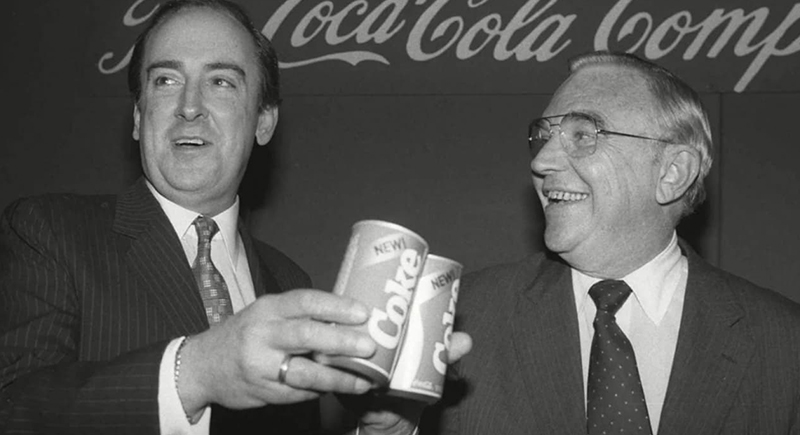
Credit: Instagram
One of the most controversial product decisions in beverage history unfolded in 1985, when the soft drink manufacturer replaced its familiar formula with New Coke. The aim was to compete more directly with sweeter rivals. However, the reaction was not as expected, and thousands of letters arrived from people wanting to express their frustration.
Flavors Like Cherry and Vanilla
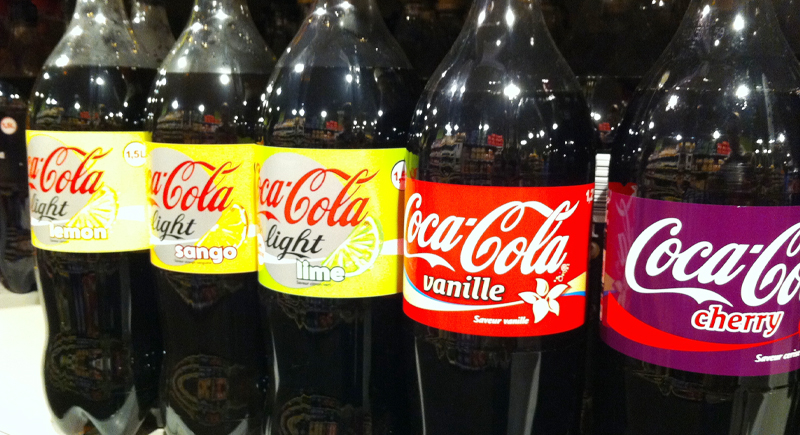
Credit: Wikimedia Commons
To explore new ideas, Coca-Cola experimented with flavors like Cherry and Vanilla. Cherry Coke arrived in 1985 and became a permanent part of the lineup. Meanwhile, Vanilla Coke debuted in 2002 but left shelves soon after, only to return in 2007 when buyers requested it.
Aluminum Bottles
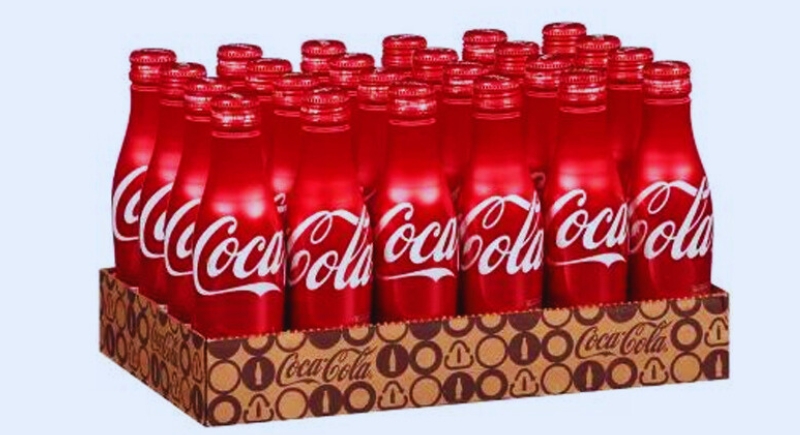
Credit: Reddit
In 2005, five design firms were hired to produce limited aluminum bottles for the soft drink corporation’s nightlife markets. The campaign linked the drink with music and modern art, and collectors quickly began seeking out the designs.
Plantbottle and Sustainability Goals
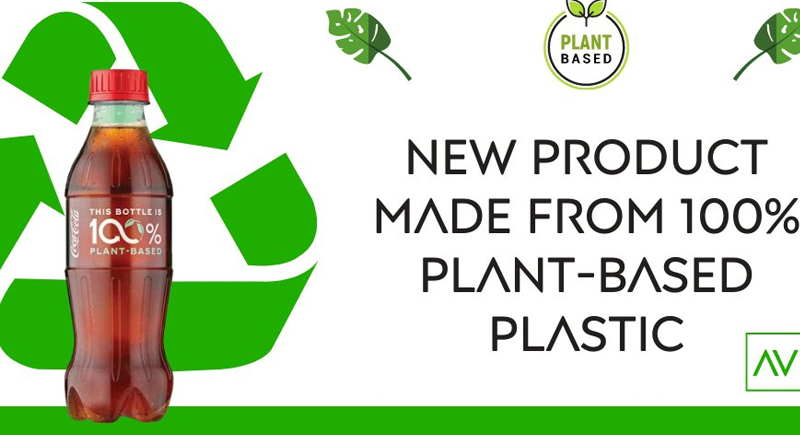
Credit: X
Now that the beverage corporation was on the map, people were paying closer attention to how its materials affected the environment. Concerns about waste and resource use grew louder in the late 2000s and prompted action. Eventually, the company launched the PlantBottle, a recyclable container made partly from plant materials.
Personalized Labels and Freestyle Machines
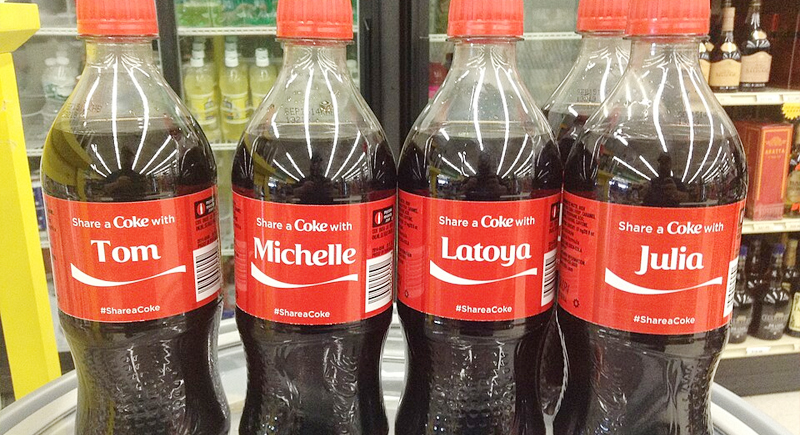
Credit: Wikimedia Commons
When the Share a Coke campaign started in 2013, people rushed to find a bottle with their own name on it. Around that period, restaurants began installing Freestyle machines to give people access to more than one hundred mixable drink options.